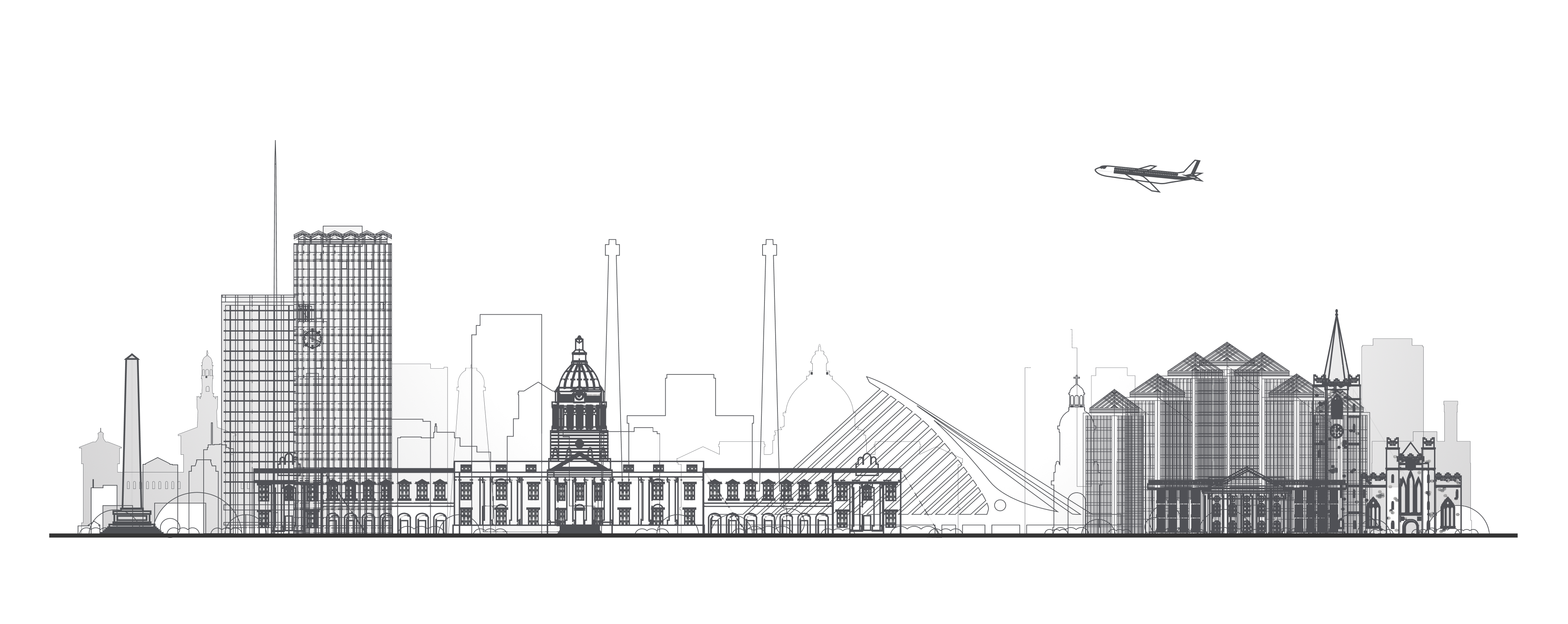.jpeg&w=3840&q=75)
DALL·E 3 and Midjourney have gained prominence as AI image generators. For businesses, marketers, designers and other professionals who seamlessly integrate AI-generated images into their workflows, determining the most suitable AI image generator poses critical consideration. This guide aims to provide clarity to the debate by analyzing features, image quality, usability, cost, and professional utility of Midjourney and DALL·E 3. It gives the right information to a brand in need of AI-generated imagery or designers in need of automation tools. DALL·E 3 is an image generator model by OpenAI, fully incorporated into ChatGPT for Plus Plan users, and thus, DALL·E 3 is fully chat-based. DALL·E 2 users are easily migrating to DALL·E 3 as it now includes more complex outputs, better prompt understanding, as well as richer resolution visuals. The difference comes from the improvements in the image generation pipeline as well as the incorporation of conversational AI systems. Rather than manually input prompts, users are now able to describe their requests. Now, this being said, let’s explore the most looking features for a professional in a more detailed manner. This is to ensure that users are gaining the most value from the comparison and taking into consideration the need for graphics, compatibility, and user flexibility of the given platforms. Verdict: Verdict: Verdict: Midjourney is often praised for the level of customization it allows power users. It lets you tweak image generation using a variety of command-line-style parameters such as: This is incredibly useful for designers who want granular control over output aesthetics, enabling them to iterate and refine quickly based on client feedback or brand needs. DALL·E 3, while much improved in understanding natural language prompts, doesn’t yet offer the same level of manual tuning. Users can't currently adjust aspect ratios, resolutions, or image styles via technical modifiers. However, it does interpret long and complex prompts very well, and its integration with ChatGPT helps users reformulate and guide generation through conversation, which in itself is a unique kind of customization. Verdict: For users who need deep, manual control over generation, Midjourney wins. However, for those who prefer natural language customization and less technical input, DALL·E 3 is highly effective. When professionals look for the best Midjourney alternatives, DALL·E 3 naturally tops the list — thanks to its clean output, contextual accuracy, and ease of integration with other tools like Microsoft Designer and ChatGPT. Other Midjourney alternatives include: Still, for business-focused users, DALL·E 3 edges ahead as the most efficient and scalable option. When it comes to the ease of business operations—such as branding, content, and design workflows—the debate between Dall-E 3 and Midjourney shifts from style to that of efficiency, expansion, and incorporation. Staying on the forefront of such digital shifts, Quantum IT Innovation explores the capabilities of AI tools like Midjourney and DALL·E 3, and focuses on putting them to their maximum use. With us as your partner for image and content creation with AI, here is what you can expect: We don’t just explore Midjourney/DALL·E tools — we help you apply them with strategy, precision, and measurable impact. 1. Who is more suitable for professionals, DALL·E 3 or Midjourney? With its precise prompt use and realistic image generation, DALL·E 3 is often more suitable for professionals because of its prompt-image relations, realistic image generation, and effortless API connections. It is useful to marketers and web developers as it offers control and seamless learning. Though Midjourney offers more artistic output, it is significantly less suitable for business in terms of workflow flexibility. 2. Can DALL·E 3 be used by ChatGPT users? DALL·E 3 is a feature of ChatGPT for Plus users. You may design and edit images you want by sending chat prompts, and therefore is very interactive. This connection makes image visuals effortless to create as no external application is needed and streamlines the process for professionals who need on-demand, tailored images. 3. Is DALL·E 3 better than Midjourney for business use? Yes, for business applications, DALL·E 3 often performs better than Midjourney. Its ability to generate realistic, brand-aligned visuals makes it ideal for marketing, advertising, UI design, and content creation. It also integrates with tools like Microsoft Designer and APIs, providing more scalability and automation for professional environments. 4. What are the best Midjourney alternatives? Top Midjourney alternatives include DALL·E 3 for realism, Stable Diffusion for open-source customization, Leonardo AI for gaming and design, and Adobe Firefly for integration with Adobe Creative Suite. Each offers unique benefits depending on your industry, technical needs, and creative goals, making them great choices beyond Midjourney. 5. Is it "DALL·E 3" or "Dallie 3"? The correct name is DALL·E 3, created by OpenAI. Some users mistakenly write it as “Dallie 3” or “Dalle 3,” but the official spelling pays homage to artist Salvador Dalí and the Pixar robot WALL·E. Using the right term ensures clarity when discussing or researching the model.What is DALL·E 3?
What is Midjourney?
DALL·E 3 vs Midjourney: Head-to-head Comparison
1. Image quality and style
2. Prompt Understanding
3. Platform Integration
4. Customisation and Control
Also, read
Best Midjourney Alternatives: Is DALL·E 3 the Winner?
Midjourney vs DALL-E 3: The Business Perspective
Why Choose Quantum IT Innovation?
Conclusion
Frequently Asked Questions
Talk to Our Experts
.jpeg)
173 E Columbine LN, Westfield, Indiana
H-11, First Floor, Sector 63, Noida, Uttar Pradesh 201301
10 Suffolk Place Aintree, Victoria, Australia -3336
6-425 Hespeler Road, Cambridge, Unit 303, N1R8J6

5 gleann dara,Tully,Ballinamore Co Leitrim, Ireland